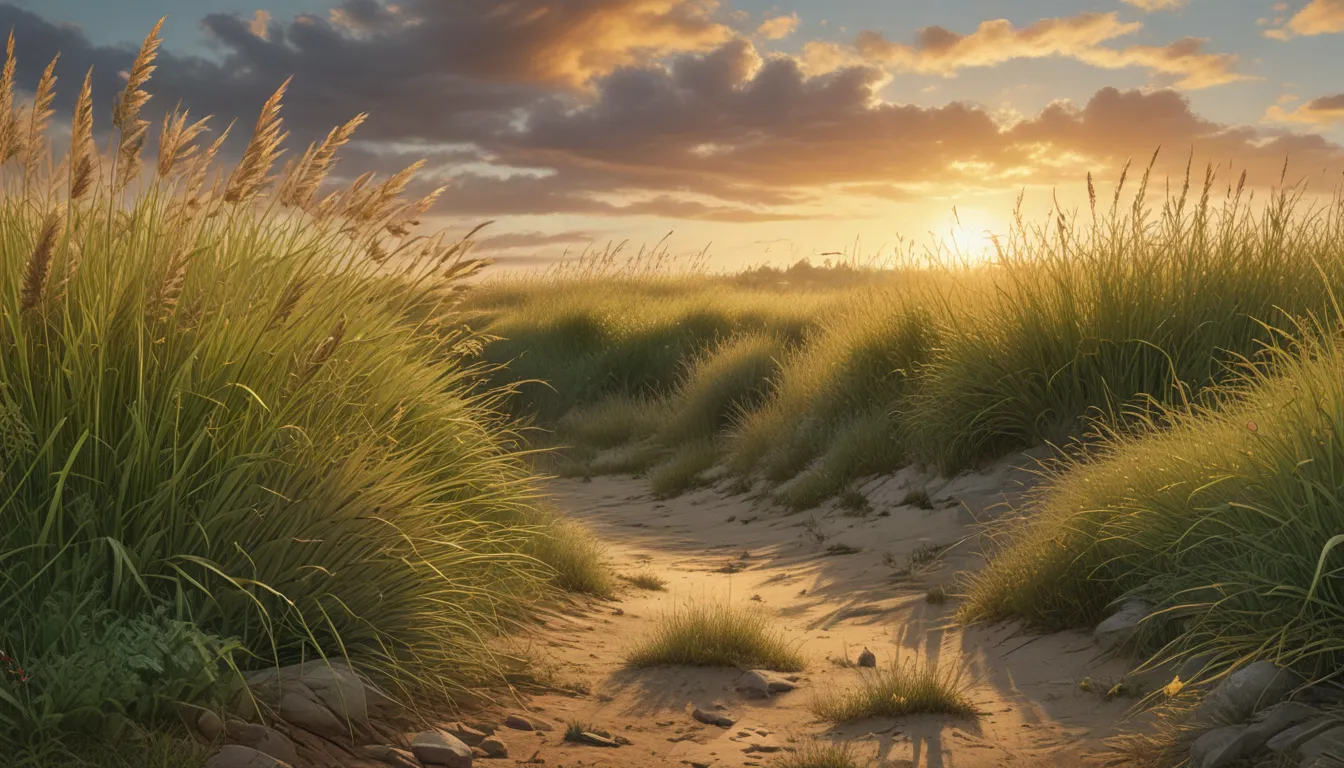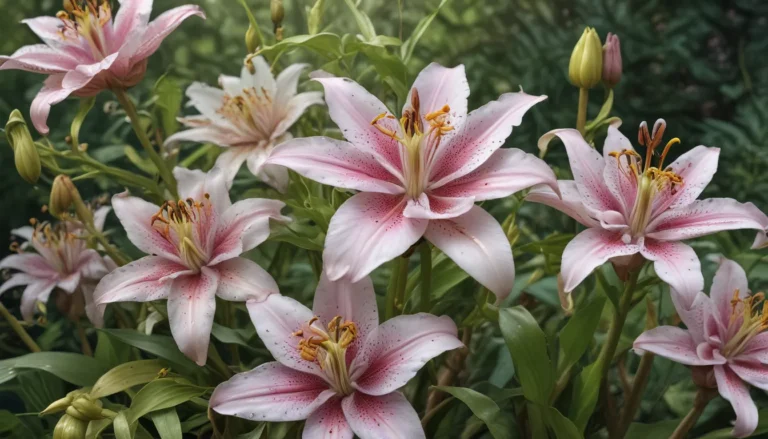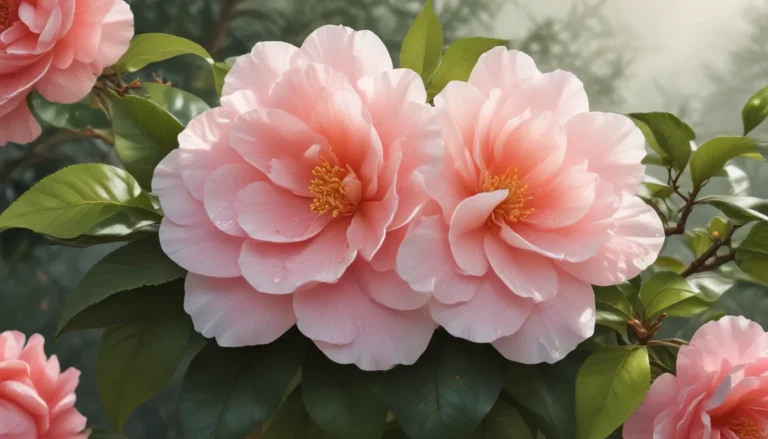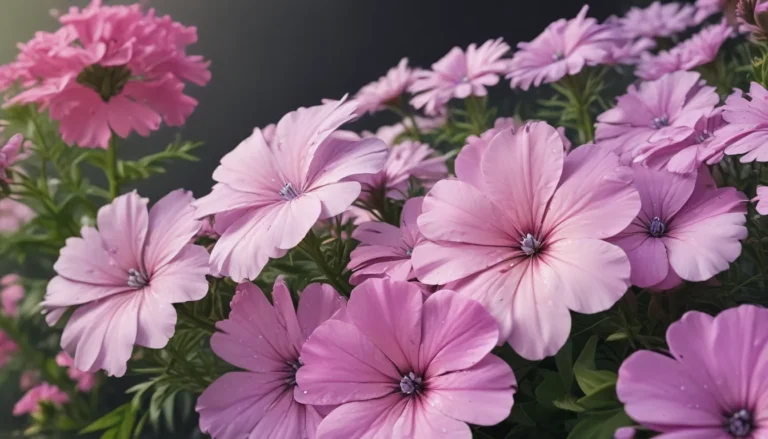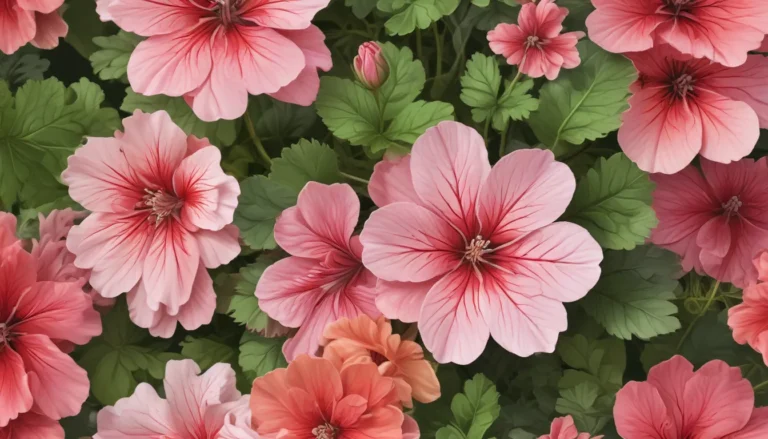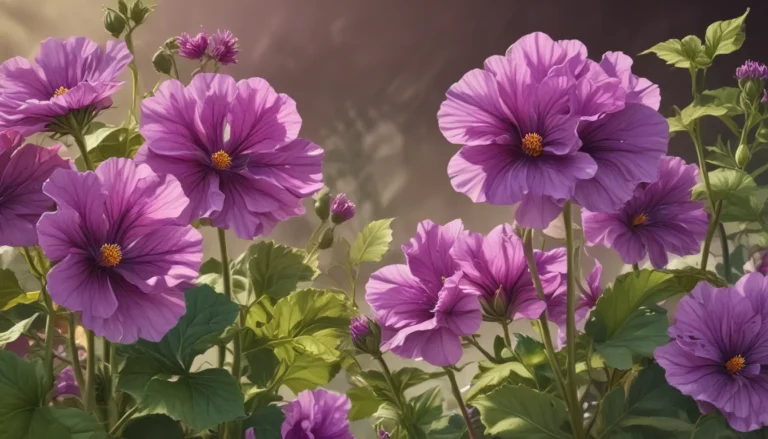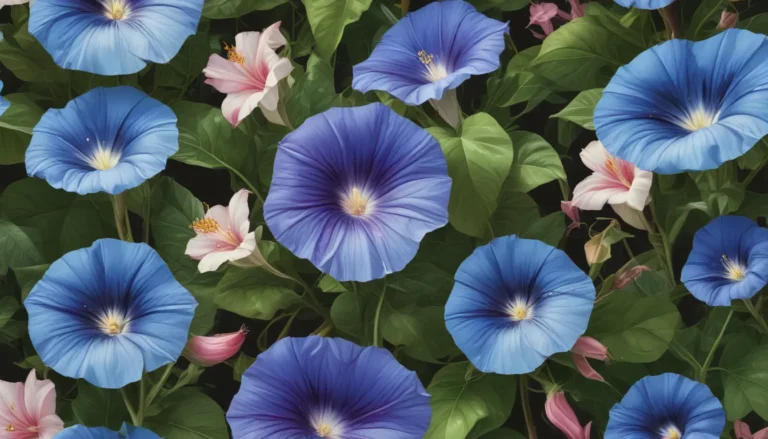The pictures we use in our articles might not show exactly what the words say. We choose these pictures to make you interested in reading more. The pictures work together with the words but don’t take their place. The words still tell you the important facts.
Welcome to the enigmatic world of grama grass, a resilient and diverse plant species that holds ecological and agricultural importance. In this article, we will delve into 19 fascinating facts about grama grass, shedding light on its characteristics, uses, and ecological impact. From its role in supporting biodiversity to its contribution to sustainable grazing practices, grama grass stands as a testament to the remarkable capabilities of nature. Join us on this journey as we unravel the hidden wonders of this remarkable plant.
Exploring the Wonders of Grama Grass
Grama grass, scientifically known as Bouteloua, is a tough plant that has adapted to thrive in dry areas, preventing soil erosion and providing food for animals. Let's explore some key takeaways about this remarkable plant:
- Environmental Benefits: Grama grass is crucial for maintaining the health and beauty of the environment by growing in different soil types and supporting diverse wildlife. It plays a vital role in ensuring that our ecosystems thrive and remain sustainable.
- Diverse Ecosystems: With over 50 species of grama grass in the Bouteloua genus, each with its unique characteristics and ecological niche, this plant contributes to the stability and biodiversity of grasslands in North America.
- Erosion Control: The extensive root system of grama grass helps prevent soil erosion, making it an essential component of sustainable land management practices.
- Livestock Forage: Many species of grama grass serve as valuable forage for livestock, supporting grazing activities while maintaining ecological balance in various regions.
The Versatility of Grama Grass
Adapting to Arid Environments
Grama grass is a drought-resistant plant that has evolved to thrive in arid environments, making it a vital component of dryland ecosystems. Its ability to survive in challenging conditions highlights its resilience and adaptability.
Belonging to the Poaceae Family
As a member of the Poaceae family, which includes economically and ecologically important grass species, grama grass plays a significant role in the ecosystem. Its diverse characteristics and ecological importance make it a valuable asset in natural landscapes.
Commonly Found in North America
Predominantly distributed across North America, grama grass is a key player in maintaining the stability and biodiversity of grasslands. Its presence in native landscapes contributes to the natural beauty and ecological balance of diverse habitats.
Supporting Sustainable Landscapes
Grama grass is often utilized in ecological restoration projects to rehabilitate degraded landscapes. Its resilience and ecological significance make it a valuable asset in maintaining the health and sustainability of various ecosystems.
Indicative of Rangeland Health
The presence and abundance of grama grass species serve as an indicator of the overall health and vitality of rangeland ecosystems. Monitoring the populations of grama grass can provide valuable insights into the state of the ecosystem.
Harnessing the Power of Grama Grass
Thriving in Various Soil Types
Grama grass exhibits adaptability to different soil types, including sandy, loamy, and clay soils. This versatility enhances its ecological significance and makes it a valuable asset in a wide range of habitats.
Promoting Biodiversity in Grasslands
By providing a conducive habitat for diverse flora and fauna, grama grass contributes to the overall biodiversity of grassland ecosystems. Its presence helps sustain a balanced and thriving ecosystem.
Playing a Role in Carbon Sequestration
The extensive root system of grama grass aids in carbon sequestration, mitigating the impacts of greenhouse gas emissions. This contribution to climate change mitigation highlights the plant's importance in combating environmental challenges.
Embracing Cultural Significance
Grama grass holds cultural and traditional significance for many indigenous communities, symbolizing resilience and sustenance. Its presence in cultural practices underlines the deep connection between humans and the natural world.
Embracing the Beauty of Grama Grass
Exhibiting Seasonal Growth Patterns
The growth and reproductive patterns of grama grass are influenced by seasonal variations, allowing the plant to adapt to fluctuating environmental conditions. This adaptability ensures its survival and growth in diverse habitats.
Offering Low-Maintenance Landscaping
Grama grass requires minimal maintenance, making it an attractive option for sustainable landscaping and conservation initiatives. Its ability to thrive without extensive care makes it a popular choice for eco-friendly landscaping projects.
Withstanding Grazing Pressure
Certain species of grama grass have evolved to withstand grazing pressure, demonstrating resilience in managed grazing systems. This ability to recover from grazing ensures the plant's long-term survival and sustainability.
Contributing to Wildlife Habitat
The presence of grama grass enhances wildlife habitat suitability, providing shelter and food for various species within grassland ecosystems. Its role in supporting wildlife contributes to the overall health and diversity of ecosystems.
Embracing the Future with Grama Grass
Adding Aesthetic Value in Landscaping
Beyond its ecological contributions, grama grass adds aesthetic value to landscaping, enhancing the visual appeal of natural and cultivated settings. Its graceful appearance and versatility make it a desirable addition to gardens and parks.
Supporting Sustainable Land Management
The inclusion of grama grass in land management strategies promotes sustainable and resilient ecosystems, benefiting both the environment and local communities. By harnessing the power of grama grass, we can create landscapes that are both beautiful and sustainable.
Unveiling the Potential of Grama Grass
In conclusion, grama grass is a remarkable plant with a rich history and a wide range of practical applications. Its resilience in arid environments, nutritional value for livestock, and erosion control properties make it a valuable asset in various ecosystems. By understanding these 19 fascinating facts about grama grass, we can appreciate its significance and potential for sustainable land management. Whether it's forage production, soil stabilization, or wildlife habitat improvement, grama grass stands out as a versatile and beneficial plant species.
Exploring Further with Grama Grass FAQs
What are the different varieties of grama grass? There are several varieties of grama grass, including blue grama (Bouteloua gracilis), sideoats grama (Bouteloua curtipendula), hairy grama (Bouteloua hirsuta), and black grama (Bouteloua eriopoda). Each variety has unique characteristics and thrives in specific environments.
How can grama grass be used for erosion control? Grama grass has an extensive root system that helps bind soil particles together, preventing erosion. Its dense growth pattern and ability to withstand harsh conditions make it an excellent choice for erosion control on slopes and disturbed areas.
Join Us in Exploring the Fascinating World of Grama Grass
Our commitment to delivering trustworthy and engaging content extends to our exploration of grama grass. Each fact shared here is a testament to the incredible diversity and resilience of this plant species. Trust in our dedication to quality and authenticity as we continue to uncover the wonders of nature with you.
